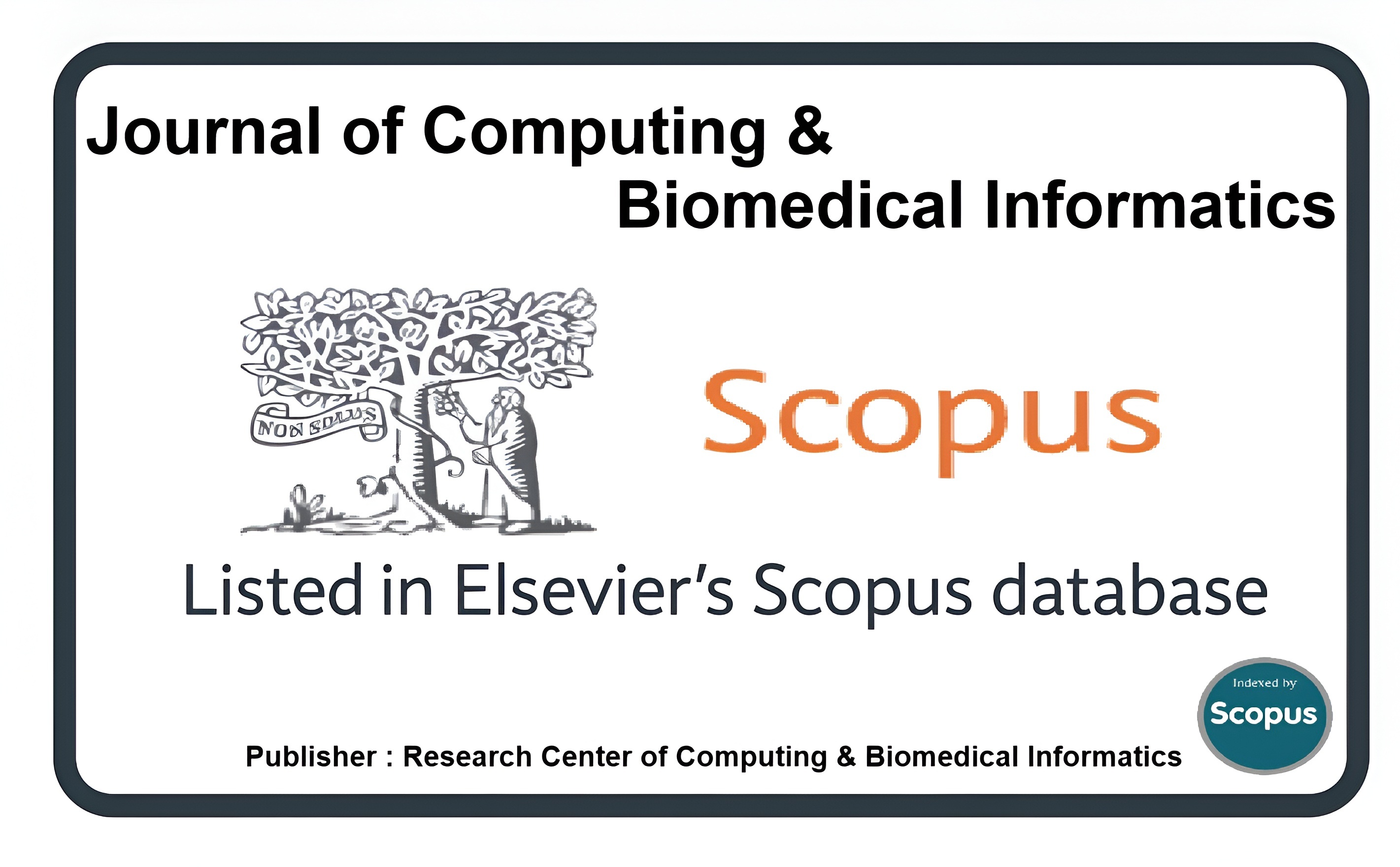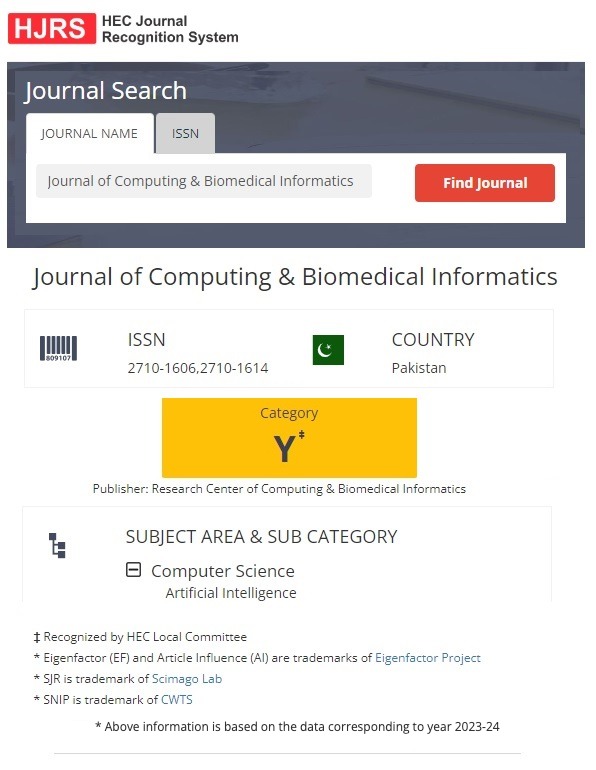Advanced Collaborative Robotics: Enhancing Industrial Cobots with Conversational Interaction and Computer Vision
Keywords:
Cobots, Object Detection, Defect Identification, IoT, YOLOv5Abstract
Industry 4.0 has revolutionized modern manufacturing by integrating advanced automation, data exchange, and smart technologies. At the forefront of this transformation are collaborative robots (cobots), which have become indispensable components of smart manufacturing systems due to their flexibility and safety features. This study introduces a novel approach that enhances cobot functionality by merging conversational AI and computer vision, enabling adaptive human-robot interaction and dynamic task execution in industrial environments. The proposed system leverages a transformer-based conversational module designed to facilitate natural language communication between human operators and cobots. This module allows workers to issue commands, receive feedback, and seamlessly coordinate complex tasks without requiring specialized programming skills. In parallel, a YOLOv5-based vision module is integrated for real-time object detection and defect identification, significantly improving situational awareness and task precision. Comprehensive evaluations demonstrate that the integrated system achieves a 33% reduction in task completion time compared to conventional cobot setups. Additionally, the object detection model attains a precision of 96.2% and a recall of 93.5%, ensuring reliable and accurate identification of objects and potential defects. These advancements significantly enhance task efficiency, accuracy, and overall usability, surpassing the current state of the art. Furthermore, the system's conversational capabilities empower operators to adjust processes dynamically, minimizing downtime and improving workflow management. The combination of conversational interaction and computer vision not only augments operational performance but also fosters a more intuitive and human-centric collaborative environment. This research highlights the transformative potential of integrating conversational AI and computer vision into cobots, paving the way for next-generation collaborative robotics within Industry 4.0 applications. However, challenges remain in optimizing contextual understanding and refining vision algorithms to further boost performance and adaptability. Future work will focus on enhancing the cobot's ability to process complex contextual cues and improving the robustness of object recognition under variable conditions. By addressing these challenges, the proposed system will better meet the demands of dynamic industrial settings and continue to shape the evolution of human-robot collaboration.
Downloads
Published
How to Cite
Issue
Section
License
This is an open Access Article published by Research Center of Computing & Biomedical Informatics (RCBI), Lahore, Pakistan under CCBY 4.0 International License





